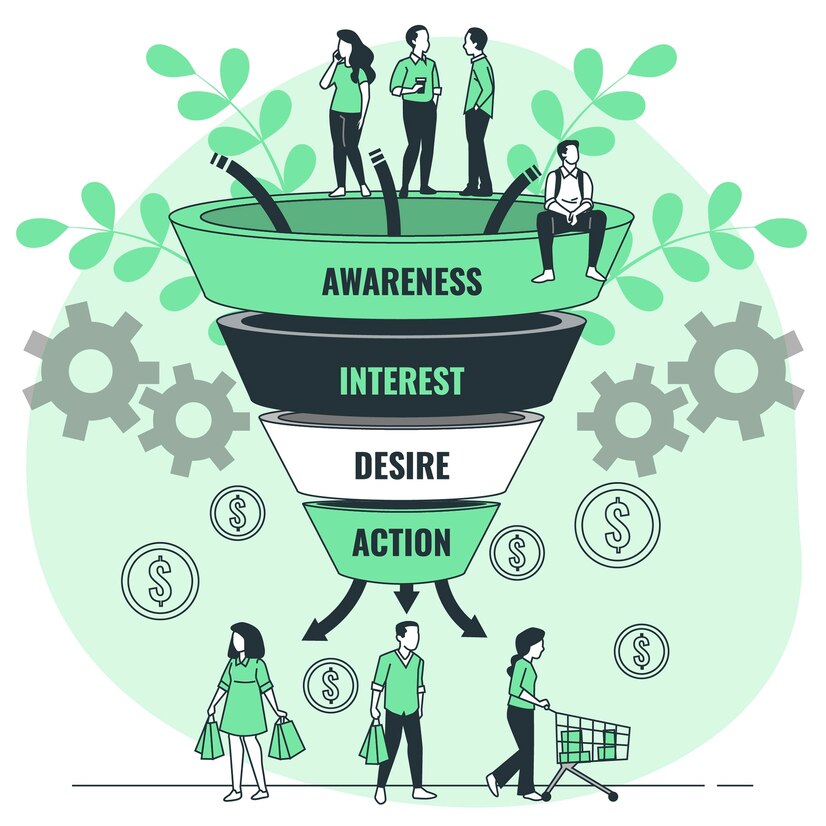Understanding B2B Business Strategy: How They Work
In the world of business-to-business (B2B) marketing, the approach to strategy can seem vastly different from its consumer-focused counterpart, B2C. While you may already be familiar with the basics, it’s essential to recognize how B2B marketing is distinct and why these differences matter. B2B companies focus on selling products or services to other businesses, which often requires a more specialized approach than marketing to everyday consumers. Unlike a quick consumer purchase, B2B buyers invest in long-term solutions, and their decision-making processes can be intricate, involving multiple stakeholders.
Over time, however, the gap between B2B and B2C marketing has begun to narrow. This change is largely driven by the influence of the consumer experience on business buyers. Today’s B2B buyers expect seamless access to information and a streamlined purchasing process, similar to what they encounter in personal shopping. As a result, understanding your specific audience’s buying behavior and their journey is more critical than ever.
The Evolution of the Buyer’s Journey
In the past, B2B purchases followed a fairly predictable path. Marketers visualized this process through a “funnel” that represented the stages a buyer went through—from realizing they had a need to finalizing a purchase. This funnel was narrow at the bottom, as fewer leads would make it through each step.
Traditionally, just one or a few decision-makers were involved in B2B transactions. They identified a need, evaluated potential solutions, and made a purchase decision based on information gathered through sales calls or brochures. However, this buyer’s journey has changed. Today, research shows that B2B buyers no longer follow a straight line; instead, they often revisit steps in the process, repeating tasks to account for the opinions of multiple decision-makers.
While different versions of the modern funnel exist, they all highlight that buyers still need to define their problem and evaluate the best solutions. As a marketer, this means understanding not only the general buying process but also the unique journey of your particular audience.

Know Your Audience Inside Out
Effective B2B marketing begins with knowing your target market in detail. It’s not enough to say, “any business that uses our product.” You need to dig deeper to understand your audience’s demographics, shared interests, pain points, and motivations. Who influences their decisions? What challenges are they facing in their industry? Where do they seek information and solutions? By answering these questions, you can create targeted marketing strategies that guide your prospects through their purchasing journey.
Current Challenges in B2B Marketing
Digital transformation has added complexity to the role of B2B marketers. Gone are the days when marketing was simply a cost center within a company’s budget. Now, marketing is expected to contribute directly to the bottom line by generating leads, driving sales, and proving return on investment (ROI). But digital channels and new technologies have also increased the competition for attention.
One of the biggest challenges for B2B marketers is knowing where to start. Without a clear plan, it’s easy to waste resources on strategies that don’t work. That’s why understanding the fundamentals of B2B marketing is essential before diving into tactics.
The Difference Between Marketing Strategy, Plan, and Tactics
Before jumping into the tactical side of marketing, it’s important to differentiate between three essential concepts: strategy, plan, and tactics. While often used interchangeably, these terms refer to different aspects of the marketing process.
- Marketing Strategy: This is your high-level blueprint for achieving business goals. It revolves around understanding your core values, positioning, and target market. For example, if your company’s mission is to offer the best customer support in your industry, your strategy might center on building trust through content that addresses customer concerns.
- Marketing Plan: Your plan lays out the specific steps you’ll take to implement your strategy. It defines the timeline, resources, and channels you’ll use to reach your goals.
- Marketing Tactics: These are the actions you take to execute your plan. If your strategy focuses on trust-building, your tactics might include publishing educational articles, hosting webinars, or offering free consultations.
Six Steps to Building a B2B Marketing Strategy
While no two businesses are the same, most B2B strategies follow a common framework. Below are six essential steps to creating a solid marketing strategy:
- Define Your Marketing Goals: What do you want to achieve? Whether it’s increasing brand awareness or driving more leads, your goals should align with your company’s overall objectives.
- Analyze Your Current Situation: Look at your company’s strengths, weaknesses, opportunities, and threats. Understanding your position in the market will help you spot areas for growth.
- Identify Your Target Audience: Knowing who your audience is will allow you to tailor your messaging and offers effectively.
- Map the Customer Journey: Understand how your audience moves from identifying a problem to selecting a solution. Knowing each stage of this journey helps you engage with buyers more effectively.
- Create Your Marketing Plan: Lay out the specific actions, channels, and resources you’ll need to reach your audience and achieve your goals.
- Measure Results: Marketing without data is like sailing without a compass. Use key performance indicators (KPIs) to track your progress and adjust your tactics as needed.
Michael Porter’s Strategies for B2B Success
Marketing strategies are closely linked to the markets in which companies operate. Michael Porter, a renowned business strategist, developed three generic strategies that businesses can adopt:
- Differentiation: This strategy focuses on making your product stand out from the competition, often by offering unique features or better quality. In B2B, this could mean providing custom solutions that perfectly match your clients’ needs.
- Cost Leadership: Here, the goal is to offer the best price for a given quality. Companies that can reduce costs without sacrificing quality can win over price-sensitive buyers.
- Focus: Specializing in a niche market can allow you to become an expert in your field, making it harder for competitors to compete. This strategy is ideal for businesses targeting specific industries or types of customers.
Each of these strategies can be effective, but success depends on choosing the one that aligns best with your company’s strengths and market conditions.
